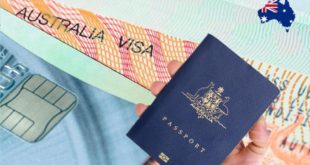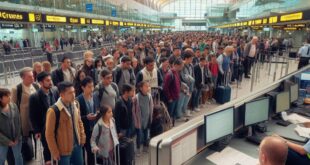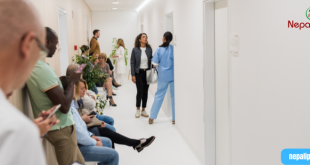To travel in a new country, one can get intimidated. Hence to get you started in the city of Sydney, here are a few tips for you to travel and get to places. Check them out below.
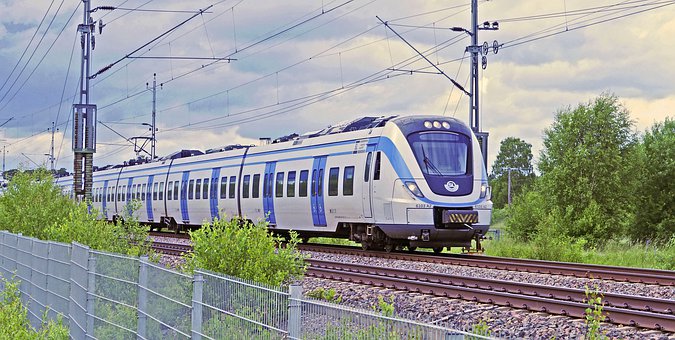
Story Highlight
TRAINS
Sydney has a few prepared lines from the Central Railway Station that travel east, north, west and south from the CBD. There are a number of stations along each line, so look at the timetable to check whether any are near where you live. The prepared framework is a commonsense decision for getting to the external rural areas and around the CBD rapidly.
Read Also: Travel Tips in Australia
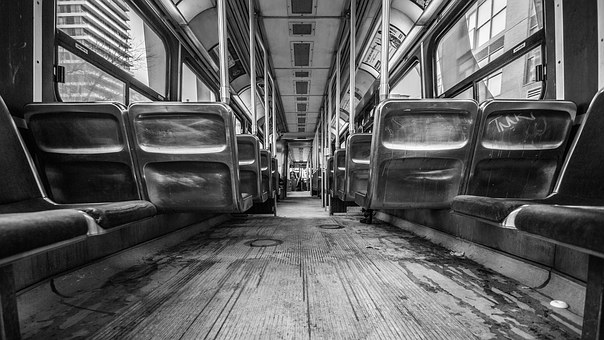
Transports
To get to huge numbers of Sydney’s metropolitan areas, transports are the best choice. Transports benefit all parts of Sydney and its external rural areas, so it’s entirely likely there’ll be a transport stop close you. Transports around Sydney fluctuate in entry times, for the most part averaging between 5-15 minutes at mainstream transport stops and going up to an hour in the external rural areas. On the off chance that the transport has an L or X someplace in the number, be watchful! Some of these transports are express transports, which means they won’t stop at certain transport stops. Check with the driver in case you’re uncertain.

Ships
Ships cover relatively every suburb that is fronted by Sydney Harbor, including Manly, Balmain, Circular Quay and even reach out similar to Parramatta. The ship framework is one of the prettiest approaches to get around the city, exploiting the city’s harbor, port and stream framework. Tickets are somewhat more costly however justified, despite all the trouble for the view.
Read Also: Guide to Starting Conversation with localities in Australia

TICKETING
The reusable savvy card (Opal card) is anything but difficult to use in everyday travel. It works somewhat like a charge card: to begin with, you’ll have to stack cash onto your Opal card at a station or an approved store, for example, 7/11. Visit www.opal. com.au for data on where to purchase and best up an Opal card.
AS AN INTERNATIONAL STUDENT, DO I GET A DISCOUNT ON PUBLIC TRANSPORT?
The short answer is: not by any stretch of the imagination. An international student who uses public transport a considerable measure may get a kick out of the chance to buy an International Student 90-or 365-day MyMulti ticket (often you can buy in your university or college). Only international students are entitled for transport concession fares are those whose study is fully funded by Australian Government scholarships.
See the Transport NSW site for more information: transportnsw.info
NepaliPage,connects Australian Nepalese Community & Australian Nepalese Business Globally
Disclaimer: NepaliPage.com (नेपालीपेज डटकम) is a Nepalese Community website aggregating Nepalese Australian affairs including Australian Nepali Community News, Migration opportunities in Australia, Nepali International Students, Nepali home and garden, Nepali mortgage and real estate tips, tricks, and services, Travel, Entertainment, Nepalese Events, blogs, interview and many more. None of our stories is tailored expert advice for your circumstance, and cannot be taken as legal, migration, or any other expert advice. By nature, all of our contents provide general information on related topics from the various verified sources. We do not offer direct employment opportunities, Australian VISA help, and Migration assistance.
 Nepali Page Nepali Community Page in Australia
Nepali Page Nepali Community Page in Australia




